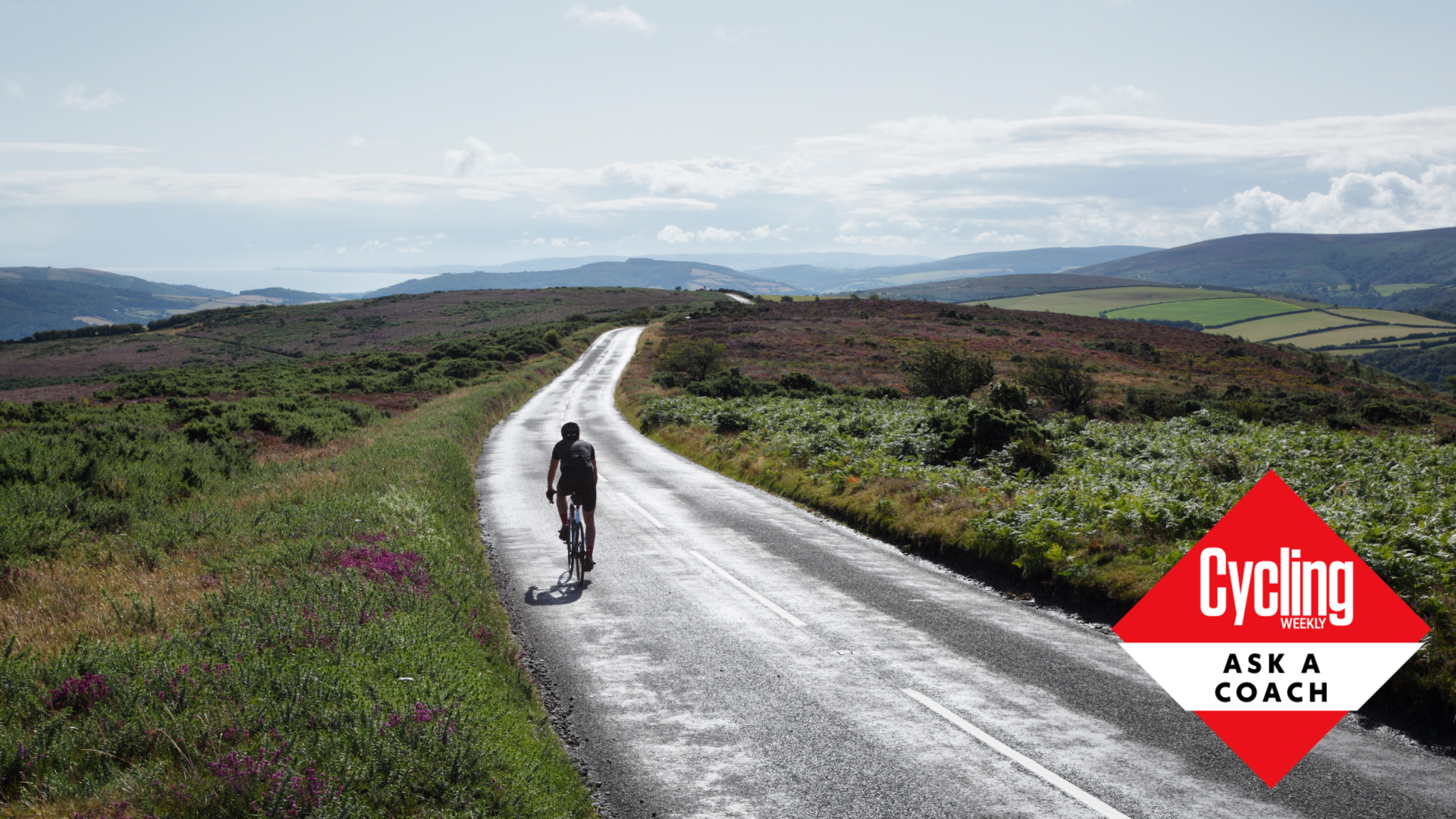Ask a coach: 'What's the ideal heart rate to burn fat while cycling?'
We take you through the biomechanics of weight loss - and the most effective approaches you can take


For a lot of us (myself included) it might be nice to burn off a little bit of excess body fat. How might we best go about that in our training? Is there a certain intensity we should target to burn the most body fat? James Spragg answers whether there's anything you can optimise when training with heart rate, and separates the myths from the reality...

Sports scientist and coach James Spragg is one of the experts who will be answering your questions in Cycling Weekly's ASK A CYCLING COACH series which comes out every Wednesday. Working both in research and applied settings, he currently runs Intercept Performance Consultancy.
You may have heard people refer to the ‘fat burning zone’ - the cycling training zone in which your body is using fat as a fuel source – or substrate as coaches and sports scientists would say. You may have also heard of ‘fat-max’ the intensity at which the body is using the most fat per minute or hour of exercise.
Well, both these concepts are real physiological phenomena, but they might not help you lose that excess body fat! Let me explain…
In very simplistic terms, when we exercise at very easy intensities, we almost exclusively use fat as a substrate, and when we exercise at very hard intensities, we almost exclusively use carbohydrates as a substrate. In those middling intensities, we are using a mix of both fat and carbohydrates. Obviously, as we exercise harder, we use more fuel – just like your car uses more fuel when you drive faster. So logically at a specific intensity, there is a peak in fat usage. This is what we call ‘fat-max’. However, it’s not a fixed intensity and can be influenced by what we eat. For example, if we eat a lot of fructose before exercise then our bodies use that as a preferential fuel and our fat max might be a bit lower. Likewise, if we are glycogen depleted, i.e. we have low carbohydrate stores, then we tend to use more fat as there are only limited carbohydrates available.
Additionally, there is quite a lot of person to person variation in the intensity at which fat- max occurs. Typically, however, the better trained an individual is the higher their fat max.
So yes in theory there is an intensity at which we can maximise the amount of fat used during a training session. However, that intensity might differ depending on several factors including what you have eaten and, believe it or not, how much caffeine you have had that day. However, this intensity is quite different from person to person and therefore it doesn’t occur at a fixed heart rate or even a fixed percentage of max heart rate.
Ultimately it’s calories in versus calories out.
The latest race content, interviews, features, reviews and expert buying guides, direct to your inbox!
However, paradoxically, riding at this ‘fat-max’ intensity might not be the best way to lose a few pounds. We cannot look at weight loss and substrate utilisation simply when we are exercising. We need to look at the bigger picture. Ultimately it comes down to energy in versus energy used.
If you take in more energy than you burn off, then you put on weight. Burn more calories than you eat, and you will lose body mass. Therefore, if we go a little harder in our training sessions, maximising the amount of energy expenditure then we might actually find it easier to shift those extra pounds as we will simply be increasing the energy used side of the equation.
Conclusion
While there is an intensity at which we ‘burn’ the most fat per minute/hour it is not at a given percentage of max HR and it can move around based on our diet. Ultimately if we are looking to lose weight cycling then it's much better to push on a bit more in your training sessions and eat a little less rather than packing your cycling training plan with sessions that target a very specific intensity on the bike.
James Spragg is a sports scientist and coach, working both in research and applied settings. When not working with athletes James can be found skiing, climbing, cycling or drinking coffee!
Alongside Dan Lorang and Peter Leo, James runs Intercept Performance Consultancy. Over the last 8 years in various roles, as coaches, performance consultants, performance managers, and sports scientists, Dan, James and Peter have played a role in helping athletes achieve more than 10 World Championship titles, several Olympics medals (including a Gold and Silver Medal in Tokyo 2020) and several Top 5 results in some of the biggest sporting events on the planet (Tour de France, Olympics, World and European Championships). Our single focus is on improving performance in all settings.